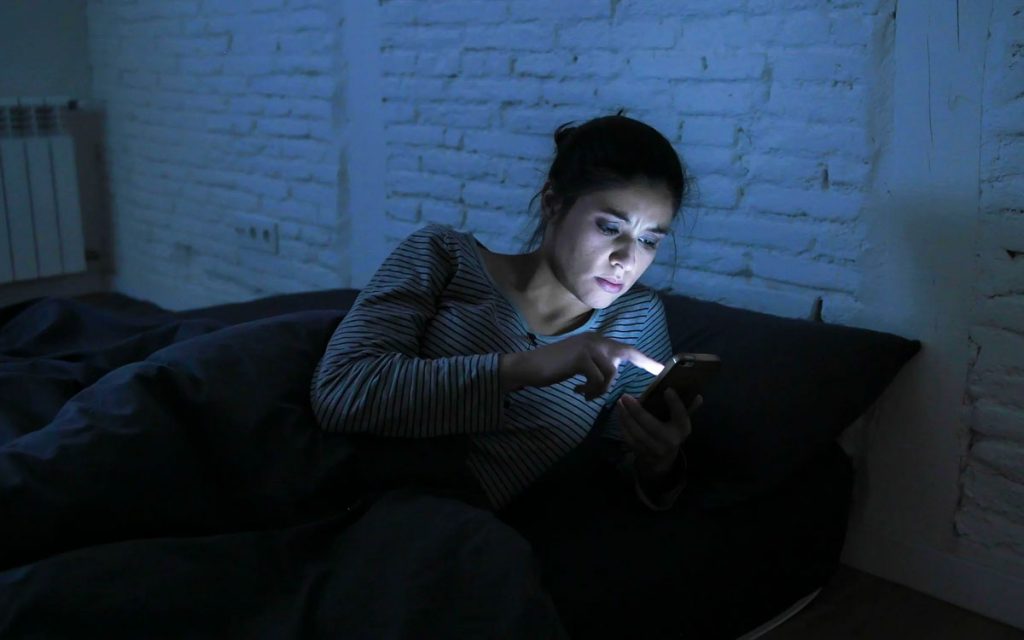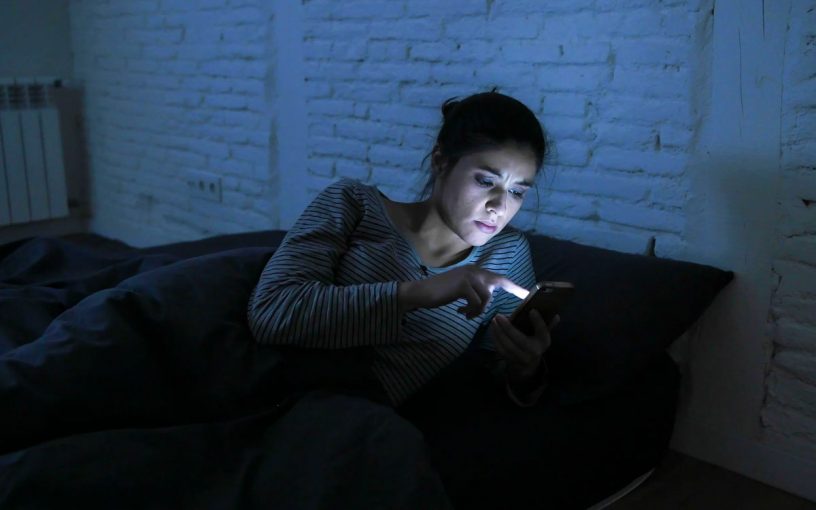
The research shows that young adults who used cell phones before sleep and accessed emotionally charged content before going to bed were more likely to report trouble sleeping.
Authors:
Suresh C. Joshi, Jindal School of Psychology & Counselling, O.P. Jindal Global University, Sonipat, Haryana, India; Department of Educational Psychology, Texas A&M University, USA.
Jay Woodward, Department of Educational Psychology, Texas A&M University, USA.
Steven Woltering, Department of Educational Psychology, Texas A&M University, USA.
Summary:
Young adults are particularly vulnerable to sleep disturbances related to their cell phone use (CPU). The purpose of this study was to test Sleep Displacement and Psychological Arousal theories of CPU-led sleep disruption in relation in a sample of university students. CPU for unstructured leisure activities before sleep (CPU_BeforeBed), as well as CPU for accessing explicit or emotionally charged media content before sleep (CPU_Arousal), were both measured. 525 (75% female) undergraduate students from a large public institution participated in this study during fall 2019.
The data were collected using a battery of validated self-report questionnaires. Questionnaires included the Pittsburgh Sleep Quality Index scale, which was used to measure sleep latency and sleep difficulty, and a contemporary questionnaire developed to measure CPU_BeforeBed and CPU_Arousal.
A crude odds ratio analysis was implemented to analyze findings. Sleep Displacement data showed higher odds of sleep latency occurring with CPU_BeforeBed [Exp (B) = 1.091, p < 0.001]. Psychological Arousal data showed higher odds of sleep difficulty occurring with CPU_Arousal [Exp (B) = 1.065, p < 0.001].
CPU_BeforeBed significantly predicted sleep latency [Exp (B) = 1.062, p < 0.01], and CPU_Arousal significantly predicted the sleep difficulty [Exp (B) = 1.069, p < 0.001] of undergraduate students. Young adults who used cell phones before sleep and access emotionally charged content before going to bed were more likely to report trouble sleeping.
They took more time to fall asleep at night as their sleep hours were compressed due to CPU. These findings support the Sleep Displacement and Arousal theories of sleep disruption and provide further insight into possible mechanisms for sleep disturbance in young adults.
Published in: Sleep and Biological Rhythms (2021)
To read the full article, please click here


